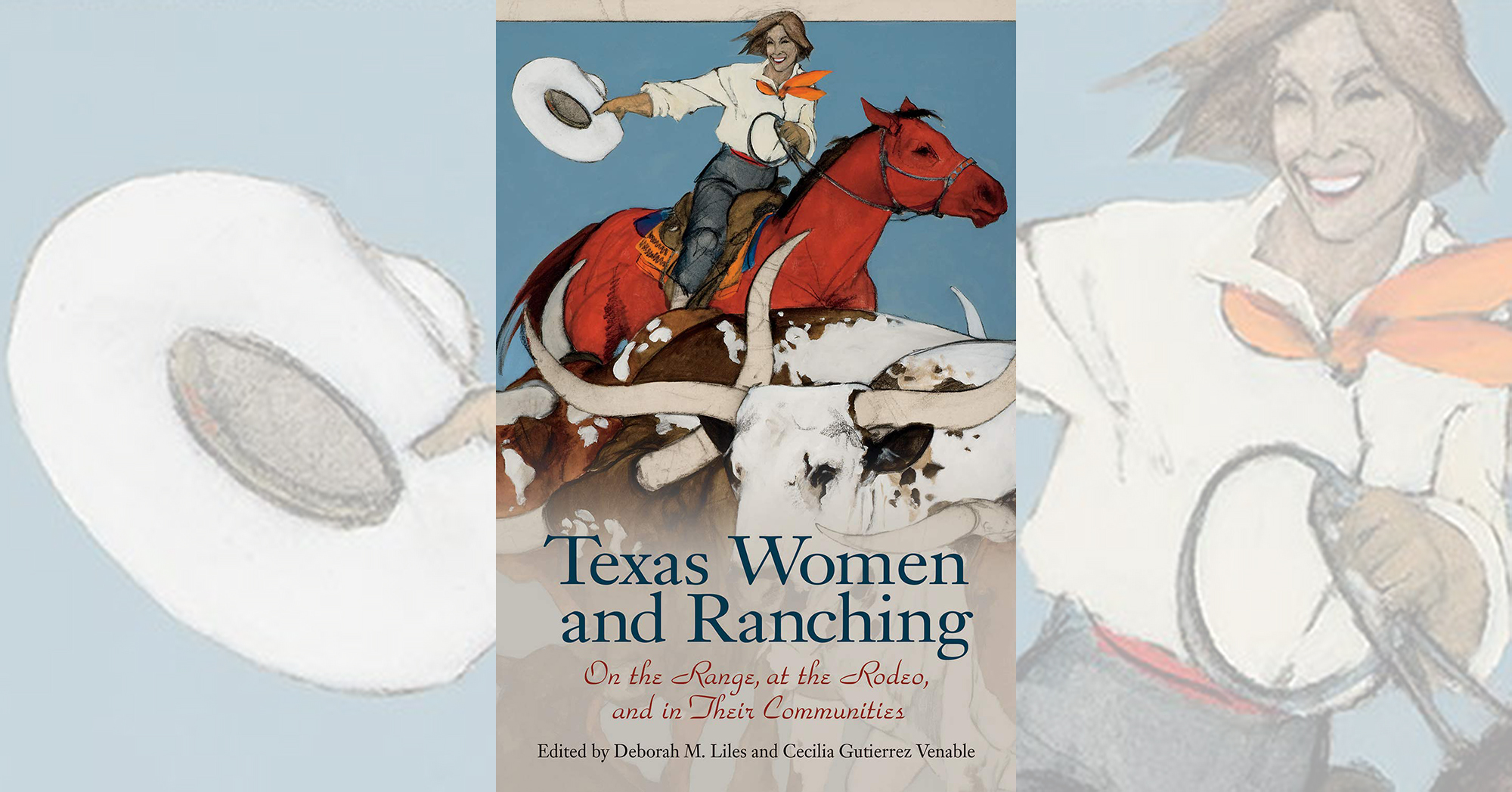Texas Women and Ranching: On the Range, at the Rodeo and in Their Communities, edited by Deborah M. Liles and Cecilia Gutierrez Venable, Texas A&M University Press, College Station, 2019, $32
“Without Cornelia Adair’s strong engagement with ranch affairs, the JA would certainly not exist today,” writes Alex Hunt in one of the 10 essays presented in Texas Women and Ranching. “Had Charles Goodnight had his way, the ranch would have been sold prior to his departure.” Adair came into ownership of the JA Ranch in 1885 after the death of her husband (and Goodnight’s partner) John, and she remained in charge until her death in 1921. Though an absentee owner (born in New York state, she became a British subject), writes Hunt, “Adair was no dilettante but was heavily involved in all aspects of JA operations, including management of personnel, livestock, land and finances. Moreover, she had a great and genuine love for the JA.”
Adair is probably the best known of the ranch women who made their mark on the Texas cattle frontier. Others covered here by a stable of authors include Tejana María Calvillo, one of many women ranchers in the Spanish colonial period; Mary Jane Alexander, the first female rancher in the Panhandle; Mattie B. Morris Miller, who owned the Morris Cattle Co.; Mabel Doss and Mary Ketchum Meredith, who participated (peacefully) in the Texas fence-cutting wars of the 1880s; and Alice Gertrudis King Kleberg East, granddaughter of Henrietta King of King Ranch fame in south Texas.
As editors Deborah Liles and Cecilia Gutierrez Venable point out, these women and many others “contributed to an activity that has traditionally been an all-male preserve in the historical literature.” Chapter 2, by Liles, is titled “In Search of Lucinda: Women in the Cattle Industry in Early Texas.” Lucinda Walker provided beef for the Confederate army in 1862, but Liles says the search for Walker “produced more questions than answers.” Other names surfaced during the author’s research of 1860 census records and local tax records, and she concludes, “Women of all ages and various ethnicities participated in the early livestock business.” No doubt, as the editors state in their introduction, there are additional studies of Texas women and ranching that “still cry out for recognition.”
—Editor





